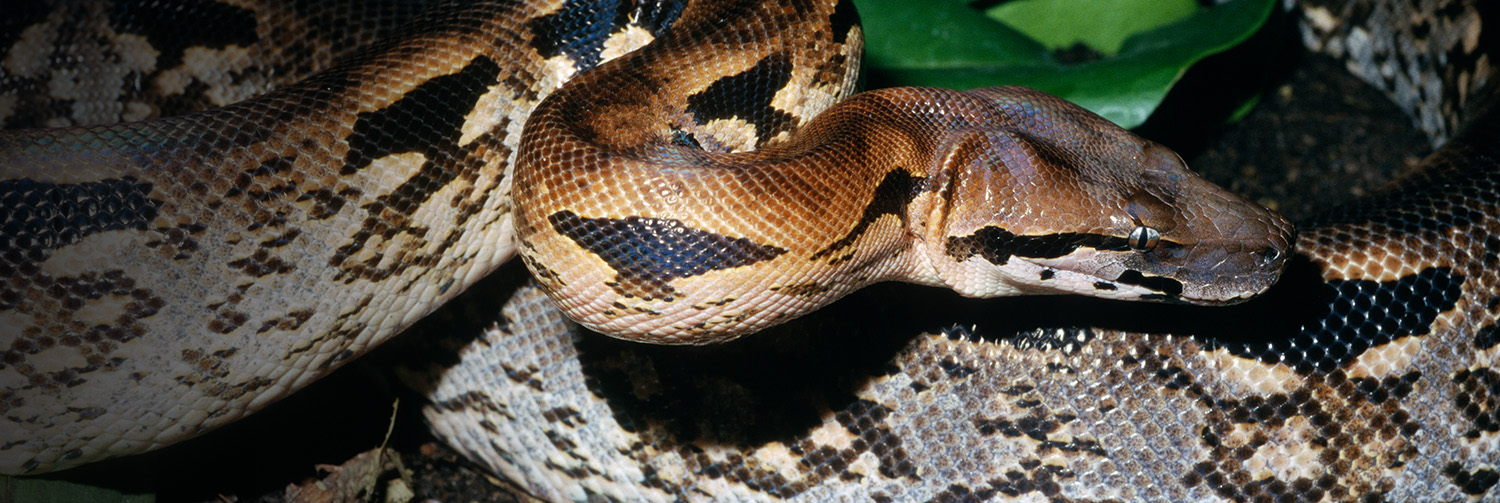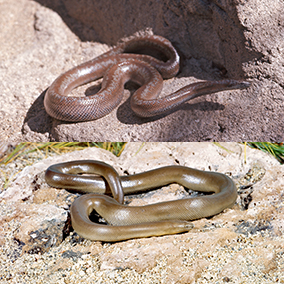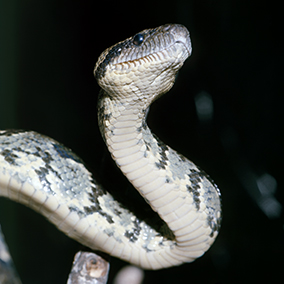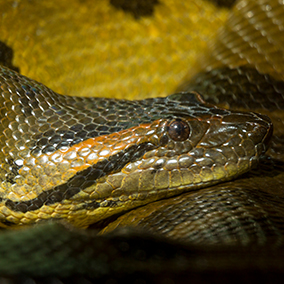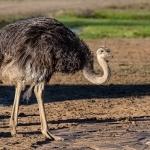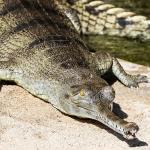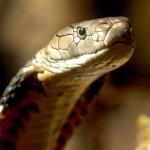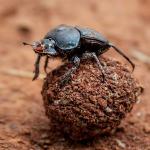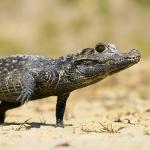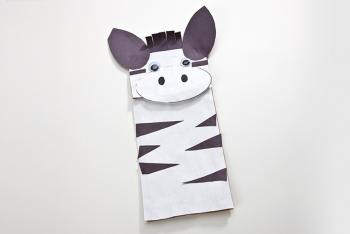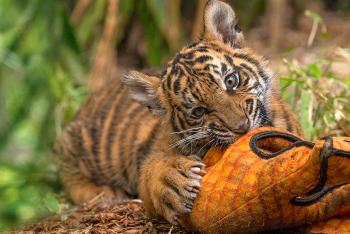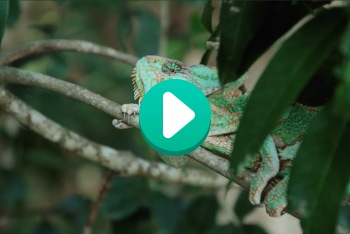
Boas
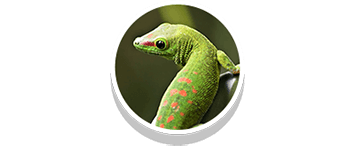
Reptiles


Some Endangered
facts

Depending on the species and size of the boa, these snakes eat rodents, birds, lizards, frogs, and small to medium-sized mammals like opossums, monkeys, pigs, or deer.

There are more than 50 kinds of boas. Depending on the species, they live in forests, grasslands, wetlands, caves, and deserts.
description

description
Family ties
The name “boa” covers a whole family of snakes—more than 50 species. They share similar characteristics. They have two lungs. (Most snakes have only one.) Inside, they have tiny bones where a lizard’s legs would start. Most boas give birth to live babies—they don’t lay eggs.
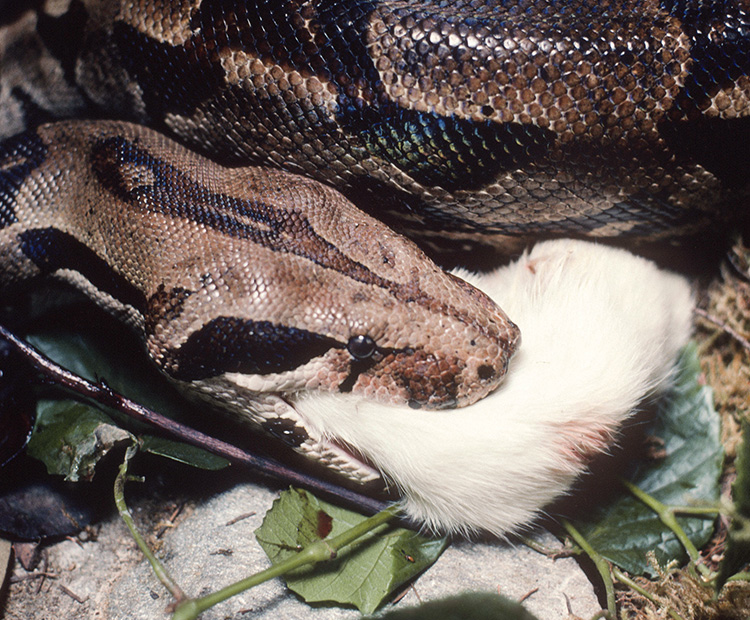
Gotcha!
Boas don’t chase their prey. They are ambush predators. Boas hide and remain still until prey comes close. Then, they strike quickly to catch it. Unlike rattlesnakes, boas don’t have venom. They have a different way to kill their prey…
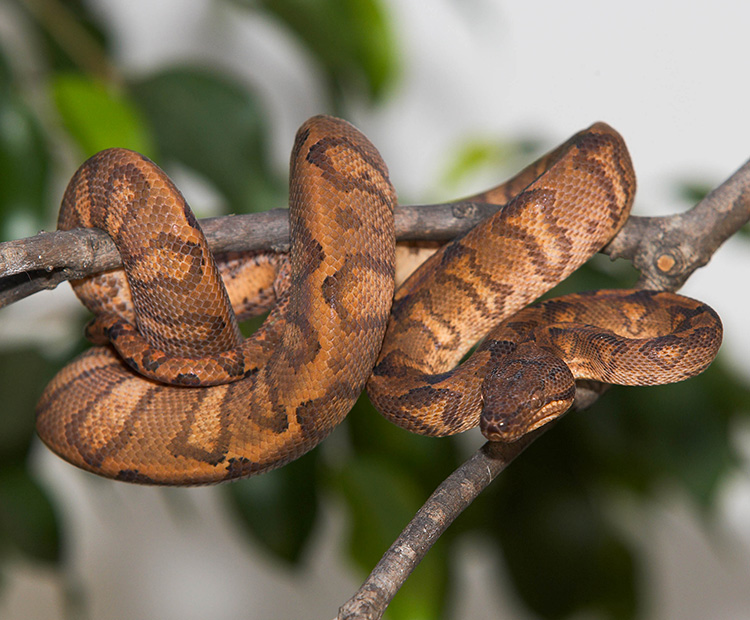
Squeezers
Once it has prey in its teeth, a boa quickly wraps itself around the animal. It squeezes so tightly that the animal’s lungs cannot expand, and its heart stops. Then, the boa swallows its prey whole, usually headfirst. Digestion takes a long time, because food isn’t in smaller chunks.

Baby snakes
Most reptiles lay eggs, but most female boas give birth to live offspring. As they develop inside her body, each one is attached to a yolk sac and surrounded by a clear membrane. After they are born, they push through the clear membrane. They look like smaller versions of adult boas. Parents don’t provide care, so a baby boa is on its own. Often, the first thing it does is to hide.

